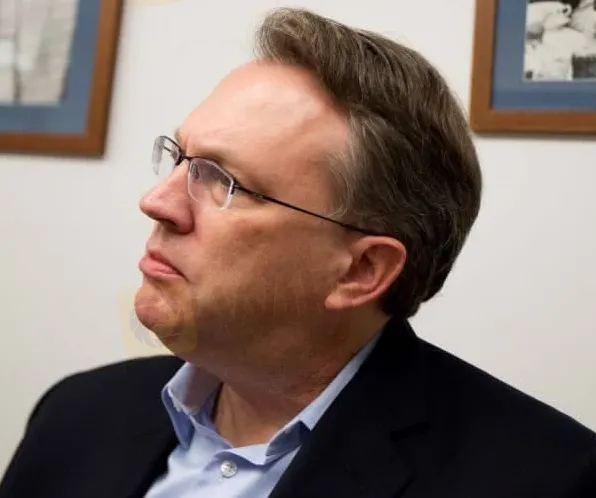简体中文
繁體中文
English
Pусский
日本語
ภาษาไทย
Tiếng Việt
Bahasa Indonesia
Español
हिन्दी
Filippiiniläinen
Français
Deutsch
Português
Türkçe
한국어
العربية
NY Fed's Williams Says Omicron Wave May Slow Growth Temporarily
Abstract:The surge of infections caused by the omicron COVID-19 variant may slow growth over the next several months and prolong supply chain challenges, but the U.S. economy should return to a stronger trajectory after the wave passes, New York Federal Reserve Bank President John Williams said Friday.

The surge of infections caused by the omicron COVID-19 variant may slow growth over the next several months and prolong supply chain challenges, but the U.S. economy should return to a stronger trajectory after the wave passes, New York Federal Reserve Bank President John Williams said Friday.
Businesses may take a hit in the near-term as consumers move away from in-person activities and some firms may still struggle to find workers, Williams said. But the disruptions may not be enough to derail the U.S. economy, which may grow by 3.5% this year, he said.
'Solild GrowthTrajectory,' Unemployment of 3.5% Ahead
“Once the omicron wave subsides, the economy should return to a solid growth trajectory and these supply constraints on the economy should ebb over time,” Williams said in remarks prepared for a virtual event organized by the Council on Foreign Relations.
The Fed official said he expects the labor market to continue healing as the economy grows, forecasting that the unemployment rate will drop to 3.5% this year.
A combination of strong demand for goods and supply bottlenecks pushed inflation up to “considerably high” levels, Williams said.
But pricing pressures may ease as growth slows and supply constraints are resolved, he said, adding that he expects inflation to drop to around 2.5% this year and close to 2% in 2023.
Policymakers are expected to debate strategies for raising interest rates and reducing more than $8 trillion in bond holdings when they meet in two weeks. A steady drumbeat of Fed officials, including Fed governor Lael Brainard, said this week that the central bank may raise rates as soon as it concludes its bond purchasing program in March.
Williams said “gradually” raising interest rates would be the next step in removing accommodation, but did not comment on the timing or pace of potential rate increases, saying those decisions would be based on economic data.
For more blockchain news, please download WikiBit - the Global Blockchain Regulatory Inquiry APP.

Disclaimer:
The views in this article only represent the author's personal views, and do not constitute investment advice on this platform. This platform does not guarantee the accuracy, completeness and timeliness of the information in the article, and will not be liable for any loss caused by the use of or reliance on the information in the article.
Read more

This Economic Indicator Sparks Speculation of a Japan Rate Hike!
The latest data shows that Japan’s base wages in November rose by 2.7% year-on-year, marking the largest increase in 32 years, fueling speculation about a potential BOJ rate hike, but Governor Kazuo Ueda’s dovish remarks in December have shifted market expectations toward a potential delay in policy adjustments.

Rising U.S. Corporate Bankruptcies Deepen Economic Concerns
In 2024, 686 U.S. companies filed for bankruptcy, marking the highest number since 2010.

Turkey Resumes Rate Cuts Amid Easing Inflation
Turkey’s inflation has eased, prompting the central bank to resume interest rate cuts. Striking a balance between economic recovery and inflation control has become a critical focus. However, significant challenges lie ahead, as Turkey continues to navigate complex economic conditions.

New Year, New Surge: Will Oil Prices Keep Rising?
As of the writing of this article (January 2), oil prices stand at $71.88 per barrel. Investors need to continue monitoring whether the supply and demand dynamics will continue to push prices further up.
WikiFX Broker
Latest News
Good News Malaysia: Ready for 5% GDP Growth in 2025!
How to Automate Forex and Crypto Trading for Better Profits
Is the stronger dollar a threat to oil prices?
Rising Risk of Japan Intervening in the Yen's Exchange Rate
How Far Will the Bond Market Decline?
U.S. to Auction $6.5 Billion in Bitcoin in 2025
Standard Chartered Secures EU Crypto License in Luxembourg
Trading Lessons Inspired by Squid Game
Is Infinox a Safe Broker?
How Did the Dollar Become the "Dominant Currency"?
Currency Calculator






